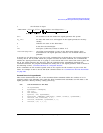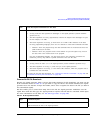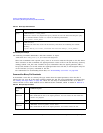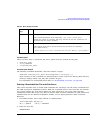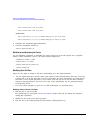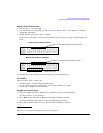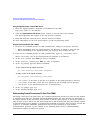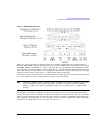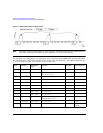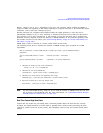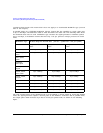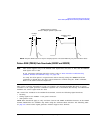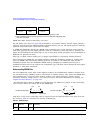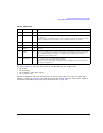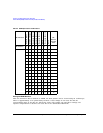
Agilent N518xA, E8663B, E44x8C, and E82x7D Signal Generators Programming Guide 305
Creating and Downloading User-Data Files
User File Data (Bit/Binary) Downloads (E4438C and E8267D)
Figure 8-1 GSM Multiframe Transmission
When you select a user file as the data source for a framed transmission, the signal generator’s
firmware loads PRAM with the framing protocol of the active TDMA format. This creates a file named
AUTOGEN_PRAM_1 in addition to a copy of the user file. For all addresses corresponding to active
(on) timeslots, the signal generator sets the burst bit to 1 and fills the data fields with the user file
data. Other bits are set according to the configuration selected. For inactive (off) timeslots, the signal
generator sets the burst control bit to 0, with the data being unspecified.
In the last byte that contains the last user file data bit, the signal generator sets the Pattern Reset bit
to 1. This causes the user file data pattern to repeat in the next frame.
NOTE The data in PRAM is static. Firmware writes to PRAM once for the configuration selected
and the hardware reads this data repeatedly. Firmware overwrites the volatile PRAM
memory to reflect the desired configuration only when the data source or TDMA format
changes.
For example, transmitting a 228-bit user file for timeslot #1 (TS1) in a normal GSM transmission
creates two frames. Per the standard, a GSM normal channel is 156.25 bits long, with two 57-bit data
fields (114 user data bits total per timeslot), and 42 bits for control or signalling purposes.The user
file completely fills timeslot #1 for two consecutive frames, and then repeats. The seven remaining
timeslots in the GSM frame are off, as shown in Figure 8-2



